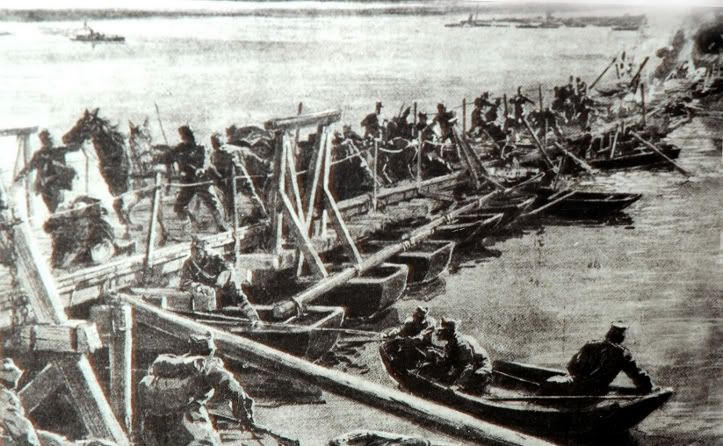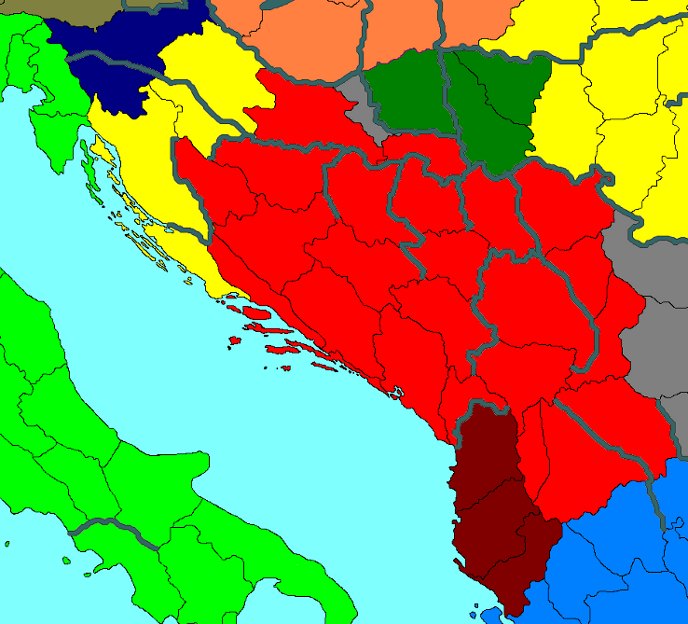No, this is not a Balkan country
A VojvodinAAR


Greetings, everybody. This is my first AAR. Or at least, the first one that I am certain I will finish. I haven't been very active in this forum for a while, but I've been and always will be a great fan of Paradox games.
My story traces its roots to a discussion I had with a friend last week about Yugoslavia, it's creation, rise, and a bloody fall in the 1990s. Since I've always been a fan of alternate history, I started thinking what would have happened if Yugoslavia wasn't created after World War I. After doing some research, I came to a conclusion that the only way for this to happen was the creation of a Greater Serbia.

We all know how that turned out.
But, going through the article, I noticed something interesting. First of all, the province I live in, Vojvodina wouldn't have been included in the Greater Serbian state, because of the vast number of Germans and Hungarians living there. Also, even influential Serbs in Vojvodina, such as Svetozar Miletić, were against a Greater Serbia.
This AAR will explore what would have happened if a Swiss-like country was created in the most turbulent area of Europe. It will follow the history of Vojvodina from its struggle for independence in the Paris Peace Conference, through the economic crisis in the Interbellum, all the way to the ruthless Nazi occupation in WWII. Maybe, if the story gets popular and I find time for it, it will go all the way to present day.
It will be a history book narrative AAR, since I'm too lousy at modding to make a whole new country.
And really, Vojvodina is geographically not a Balkan country. Although you could easily count it as one. (Just don't tell it to anyone living here, or they'll whoop your ass Balkan-style)
I'll post the first part of the first chapter tonight, and the second one on Friday. Hopefully, the weekend will give me plenty of time to get going.

Table of Contents
Chapter I: The Great War and Independence
Part I: The Fall of Austria-Hungary
Part II: The Republic in danger
Last edited:









